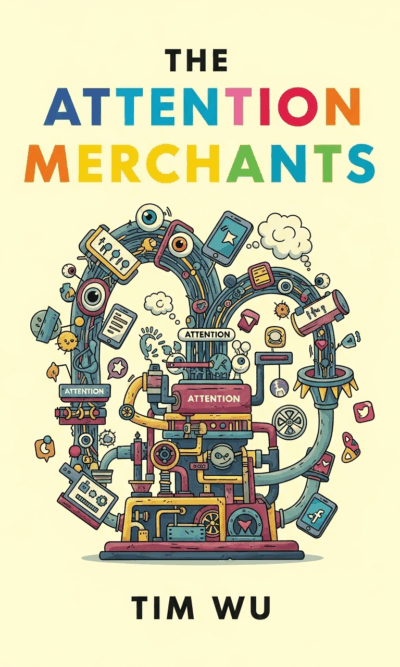Description
Running a company looks exciting from the outside. Many people dream of becoming a CEO, building something valuable, making an impact, and creating wealth. But reality is very different. This role is filled with uncertainty, loneliness, and tough decisions that affect the future of the business and the lives of many people. Ben Horowitz, through his experiences, shows what it truly means to lead a company and why the hardest challenges are also the ones that make leaders great.
Every CEO faces what he calls The Struggle. This is the moment when dreams collide with harsh reality. Things go wrong all the time. Markets crash, customers disappear, competitors innovate faster, or bad hires weaken the team. When these moments arrive, the CEO feels the full weight of responsibility. Unlike others, she cannot look elsewhere for answers. She must decide, and her decisions determine survival or failure. This burden seeps into personal life as well, affecting sleep, health, and relationships. Yet, The Struggle is also where real leadership is born.
One way to face such difficult times is to share the weight. Although the CEO carries the ultimate responsibility, she should not try to handle everything alone. Involving the team can turn despair into determination. When Horowitz’s company nearly collapsed during the dot-com crash, he gathered his employees and told them the truth. They would fail unless they completely reinvented their product. He gave everyone the option to leave, but those who stayed fought with absolute focus. The company survived and eventually thrived. This shows that honesty and unity can turn crisis into strength.
Another lesson is creativity in desperate moments. When the company seemed cornered financially, Horowitz did something unexpected—he took it public. This bold move secured the money needed to survive. CEOs must think beyond obvious solutions. Just as a racecar driver avoids looking at the walls and keeps eyes on the track, a CEO must focus on solutions, not fears.
Bad news is another unavoidable part of leadership. Many leaders try to hide it, thinking they are protecting morale. In truth, secrecy only damages trust. Bad news spreads anyway, and when it comes as a surprise, it creates confusion and anger. Employees often handle truth better than leaders expect. If told early, they can contribute ideas and work on solutions. By sharing problems openly, the CEO puts many minds to work instead of carrying the load alone.
Among the hardest tasks is laying people off. No one enjoys this, but sometimes it is the only way to save the company. Delaying layoffs only makes things worse. Rumors spread, employees lose trust, and fear eats away at the culture. The kindest way is to act quickly, fairly, and with respect. Offer severance, references, and clear communication. Importantly, the CEO should admit that the company failed the employees, not blame individuals. This honesty maintains trust with those who remain.
Firing an executive is even more delicate. Such people often hold key responsibilities, and their departure shakes the company. A CEO must accept responsibility for hiring the wrong person in the first place. The conversation should be prepared carefully, without humiliation. As leadership coach Bill Campbell said, “You cannot let him keep his job, but you absolutely can let him keep his respect.” Respecting people in such moments protects the dignity of all and keeps the business steady.
While dealing with crises, CEOs must also build organizations that can last. Taking care of people is essential. A strong human resources function and proper training are not luxuries; they are survival tools. HR acts like a sensor, alerting leaders to hidden problems like uncompetitive pay or cultural issues. Training ensures that employees and managers have the skills to succeed. Without this investment, even the smartest strategies collapse.
Hiring is another life-or-death decision. The focus should be on strengths, not weaknesses. A candidate with the right talents but some rough edges can still transform a company. Rejecting people for minor flaws often means losing exceptional ability. At the same time, the background of an executive must fit the size of the company. Someone from a huge corporation may struggle in a small, scrappy startup, and vice versa. Leaders must look for rhythm and skill match to avoid misalignment.
To make a company a great place to work, politics must be reduced. Office politics drain energy and divide people. Leaders should hire those who care more about the company’s success than their personal status. Clear processes for promotions and pay help remove favoritism. A unique company culture also matters. It gives employees pride and sets the organization apart. Titles and roles should be meaningful, so that people feel their contributions are valued fairly.
At the heart of everything, a CEO must lead the organization in the right direction. This requires two abilities: choosing the correct path and getting everyone to follow it. Visionary leaders like Steve Jobs could paint a picture of the future so inspiring that employees would fight for it even in dark times. Authentic leaders like Bill Campbell showed compassion and honesty, making employees feel true ownership of the company. Decisive leaders like Andy Grove made bold strategic choices, such as shifting Intel from memory chips to microprocessors, which saved the company.
There are also different styles of CEOs. Some are visionaries who love strategy but dislike execution. Others excel at operations but avoid major decisions. The best leaders find a balance, developing skills outside their natural comfort zone. Depending on circumstances, a company may also need either a “Peacetime CEO” or a “Wartime CEO.” In stable growth periods, creativity and long-term planning flourish. In crisis, however, survival depends on speed, focus, and tough decisions. Great leaders know when to shift between these modes.
Becoming a great CEO is not something you are born into. It is something you grow into by facing discomfort. Authenticity, courage, and feedback skills all matter. But most of all, the willingness to do uncomfortable things—like firing a friend, admitting mistakes, or making unpopular decisions—separates strong leaders from weak ones. Over time, what once felt unnatural becomes natural, just as a boxer trains footwork until it feels automatic.
Finally, selling a company may look like the ultimate reward, but it is filled with emotional conflict. Founders often see their company as part of themselves, so letting go is painful. They also fear being accused of selling out. Rationally, the decision depends on market position and growth prospects. Emotionally, it requires clarity, honesty with stakeholders, and financial independence so that personal needs do not cloud judgment.
In the end, this book delivers one clear message: leading a company is never easy. The role is heavy, lonely, and full of struggles that touch every part of life. But within these struggles lies the chance for greatness. The best CEOs are not those who avoid pain, but those who face it, learn from it, and keep moving forward with courage.





